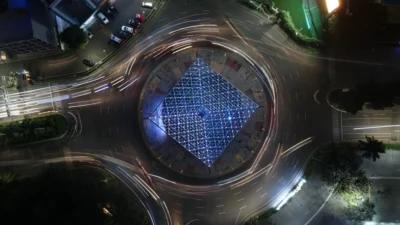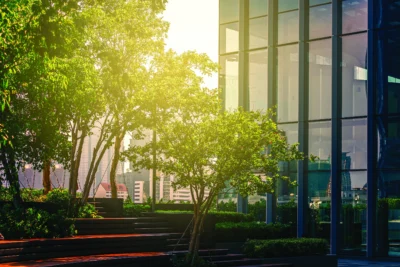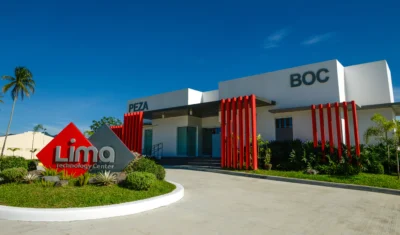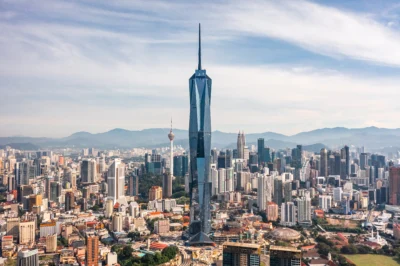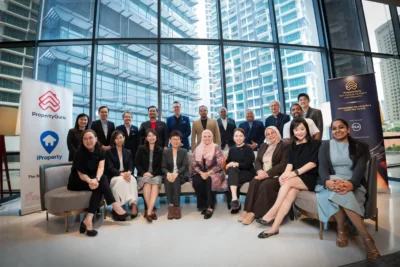The Philippine real estate market is changing — Here’s what you need to know
From retail rebounds to industrial growth, key trends shaping 2025 and beyond
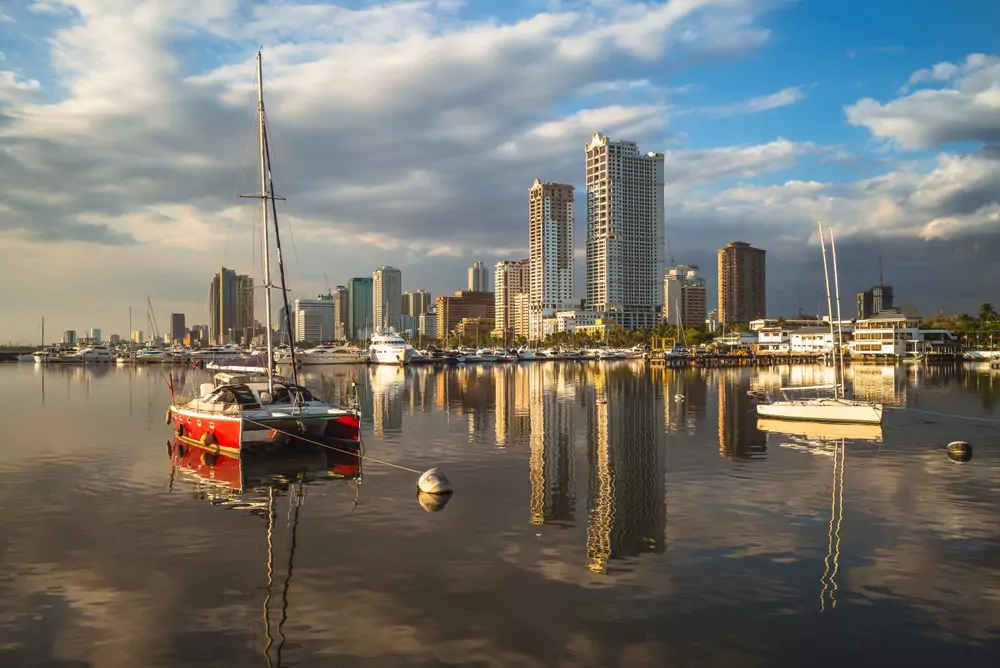
The Philippine real estate sector is undergoing a complex transformation, with certain segments rebounding strongly while others face lingering challenges. According to Inquirer.net, the property market is showing signs of recovery across hospitality, retail, and office spaces, but factors such as high vacancies, surplus inventory, and global economic uncertainty are testing the sector’s resilience.
Amid these shifts, industry experts are analysing what’s driving growth and where new investment opportunities lie.
“A closer look at the emerging numbers and circumstances of the overall real estate industry in the Philippines indicates that the short- and medium-term scenarios will be challenging, being greatly impacted by external factors outside of our economic managers’ control,” says Luis Enrique T. Mangosing, CEO of Metro Development Managers, Inc. (MDMI) and a member of the judging panel for the PropertyGuru Philippines Property Awards.
Retail and tourism sectors show signs of strength
While some segments are facing headwinds, retail real estate has emerged as a clear bright spot. A report by Cushman & Wakefield Philippines revealed that shopping mall occupancy rates have significantly improved, thanks to higher consumer spending and the strong return of foot traffic.
“The bright spots include the retail segment, which has greatly recovered from the pandemic (higher occupancy), and tourism showing the number of foreign visitors improving close to pre-pandemic levels last year,” Mangosing explains.
However, tensions in the South China Sea have affected the number of Chinese tourists visiting the country, which has prevented the tourism sector from fully reaching its potential, based on the Philippine Daily Tribune.
Challenges in the commercial and residential markets
Despite positive momentum in retail and tourism, the commercial and mid-market residential sectors continue to struggle with higher vacancies, surplus inventory, and lower yields.
As Mangosing noted, “The commercial and residential segments (mid-market) of the industry are being tested with higher vacancies, surplus inventory, and diminishing yields, driven by lingering post-pandemic effects and other factors such as hybrid work arrangements and the government’s decision to exit the gaming business (Philippine Offshore Gaming Operators – POGO) altogether, among others.”
Hybrid work arrangements have left office buildings with persistently high vacancy rates, while the government’s exit from the (POGO) industry has further contributed to vacancies in commercial spaces.
On the residential side, Colliers Philippines reported that the high-end segment is at risk of oversupply due to the production pipeline outpacing demand.
“The high-end segment of the residential sector, while highly touted, represents a small number of the overall volume and is also at risk of oversupply given the indicative production pipeline,” Mangosing added.
Adding further uncertainty to the real estate sector are political and global economic factors. With the Philippine midterm elections in May 2025 approaching and the return of the Trump administration, industry confidence remains cautious.
“The current political noise and the ruckus associated with the forthcoming mid-term election this May 2025 is not helping buoy up confidence in the local economy. Not to mention, the Trump administration is definitely inducing uncertainty in the global system,” said Mangosing.
Emerging sectors: Industrial and infrastructure development
Beyond retail and tourism, the industrial sector is emerging as a strong investment opportunity, driven by significant government investment in infrastructure.
Mangosing explained that “another bright spot is the industrial sector, with the government investing heavily in public infrastructure connecting key regions and building capacities of existing port facilities.” This focus on upgrading public transport and port facilities is expected to boost logistics, manufacturing, and supply chain operations.
“Other segments of the industry, such as the supply chain and data centres, are emerging but not yet significant enough to pick up the huge slack in the commercial and residential sectors,” he continued. While these sectors are gaining attention, they remain too small to fully offset the challenges faced by these markets.
Addressing the housing backlog: A government priority
The Philippine property market faces a critical issue with the ongoing housing backlog, particularly in the low-cost and affordable housing segment.
“Worth mentioning here is the potential of the low-end segment of the market, with the backlog in housing starts continuing to widen,” Mangosing stated. To address this, government agencies like Pag-IBIG and the National Housing Authority must take a more active role in funding and incentivising affordable housing projects.
“There is an urgent ‘need’ for government to create more incentives for private funds to be invested in the production of housing inventory and more direct funding by government through the National Housing Authority to bridge this gap. Pag-IBIG remains key and very relevant in this ‘scheme of things,’” he added.
Philippine developers earn recognition
As the Philippine real estate market evolves, its best developers continue to gain international recognition. At the 19th PropertyGuru Asia Property Awards Grand Final 2024, Philippine developers stood out among 15 markets across Asia, Australia, and the Middle East, taking home major awards in industrial, retail, and office design categories.
- Best Industrial Developer (Asia): Aboitiz InfraCapital Economic Estates
- Best Retail Architectural Design (Asia): MITSUKOSHI BGC by Sunshine Fort North Bonifacio Realty Development Corporation
- Best Green Industrial Development (Asia): LIMA Estate by Aboitiz InfraCapital Economic Estates
- Best Office Interior Design (Asia): GBF Center 1 by Robinsons Offices
- Best Co-Working Space (Asia): work.able Robinsons Summit Center by work.able
These wins highlight the strength of the industrial sector, the resilience of retail developments, and the growing demand for flexible office spaces, reflecting broader trends in the Philippine property market.
What’s next for Philippine real estate?
Looking ahead, the country’s real estate recovery will likely remain uneven, with some sectors thriving while others continuing to face structural challenges.
The retail and tourism sectors are expected to maintain their upward trajectory, while infrastructure development will drive growth in the industrial and logistics segments. Meanwhile, the residential and commercial markets must navigate ongoing issues such as high vacancies, oversupply, and policy shifts.
“The success of the Philippine property market in 2025 and beyond will depend on how well the industry adapts to these shifting trends,” Mangosing concluded.
With strategic government policies, increased investment in infrastructure, and continued recognition of top developers, the Philippine real estate sector remains poised for long-term growth despite short-term challenges.
Know any award-worthy residential, commercial, or industrial projects in the archipelago? Nominate them for the 13th annual PropertyGuru Philippines Property Awards on or before 6 June 2025. To know more, visit AsiaPropertyAwards.com/Award/Philippines/.
Gynen Kyra Toriano, Digital Content Manager at PropertyGuru, wrote this article. For more information, email: [email protected].
Recommended
6 reasons Bekasi is rising as Greater Jakarta’s next hotspot
One of Greater Jakarta’s rising stars is prospering, thanks to ample recreation and a contingent of desirable housing projects
6 developments driving Asia’s green real estate shift
Developers are being incentivised to push a green agenda into daring new realms
The Philippines’ LIMA Estate drives sustainable industrial growth
LIMA Estate models a citywide vision that uplifts workers while appealing to climate-conscious employers
Malaysia property market rebounds with foreign interest and growth
The nation’s property market is stirring to life, fuelled by foreign buyers and major infrastructure drives

